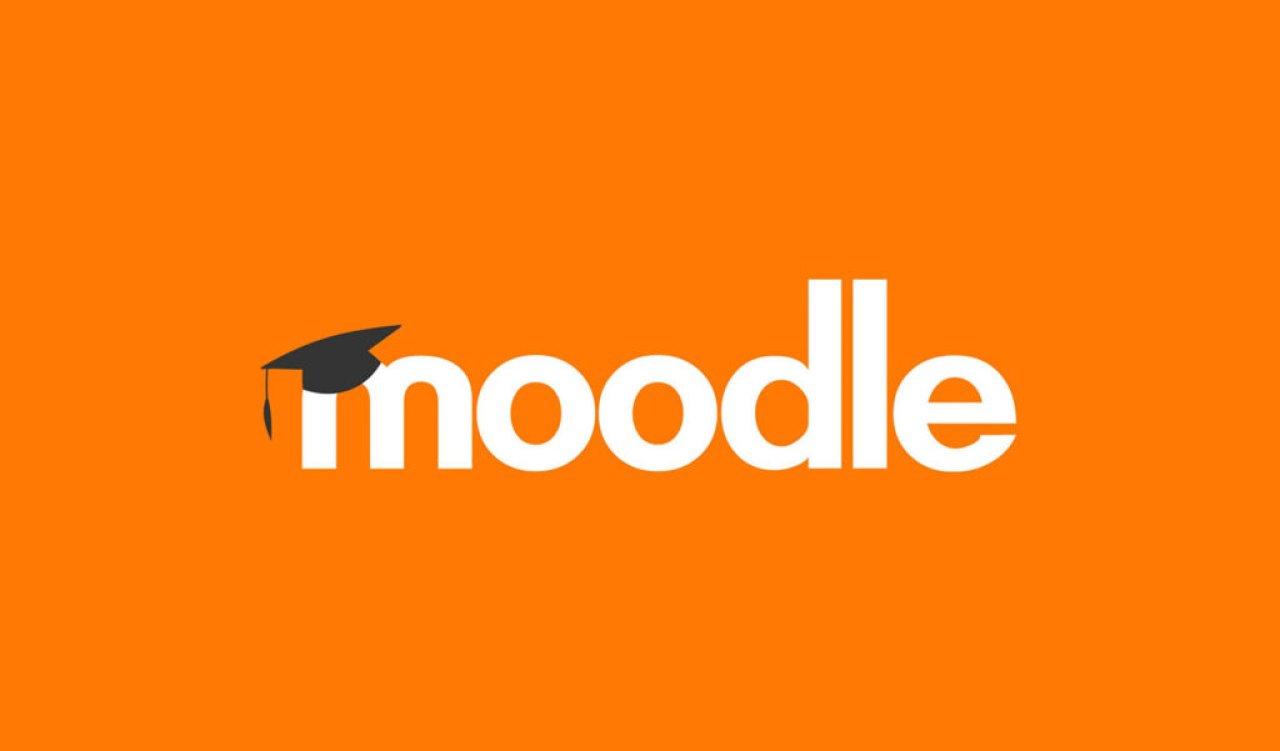As eLearning developers, we often get asked about learning management systems (LMS) and which one is best to use. Here at Pipi Learning, we chose Moodle for our LMS because of our prior experience with it, its SCORM compliance, and its ability to meet our specific needs. In this blog, I’ll explain what SCORM is, give an overview of Moodle, discuss its pros and cons, and introduce some other popular LMS options, noting whether they are SCORM compliant or not.
What is SCORM?
SCORM, which stands for Sharable Content Object Reference Model, is a set of standards for eLearning software. These standards ensure that content and LMS platforms can work together seamlessly. Essentially, SCORM allows different eLearning products to communicate and be compatible with each other.
SCORM is like a universal adapter for eLearning content. If your course materials are SCORM-compliant (like Articulate for example), you can upload them to any SCORM-compliant LMS, and they should work without issues. This standardisation is crucial for organisations that need to ensure their content is accessible and functional across different systems.
What is Moodle?
Moodle, which stands for Modular Object-Oriented Dynamic Learning Environment, is a free, open-source LMS used globally by educators to create online courses. It was developed in 2002 by Martin Dougiamas with a focus on providing a collaborative and interactive learning experience.
In simple terms, Moodle is a virtual classroom. It allows educators to create, manage, and deliver courses online. Teachers can upload lessons, assignments, quizzes, and other materials, and students can access these resources, submit their work, participate in discussions, and track their progress, all within the Moodle environment.
Moodle operates on a modular structure, which means it’s made up of different parts or "modules" that can be customised and extended. This flexibility allows educators to tailor the platform to their specific needs, making it suitable for various educational settings.
The Pros and Cons of Using Moodle
Pros:
1. Flexibility and Customisation: Moodle’s open-source nature allows for extensive customisation. You can add plugins for extra functionality, modify the appearance, and tailor the user experience to meet your learners’ needs.
2. Cost-Effective: Being open-source, Moodle is free to download and use. While there may be costs for hosting, support, and custom development, the absence of licensing fees can be a significant saving.
3. Strong Community Support: Moodle has a large community of users and developers, providing continuous improvements and a wealth of shared resources. You can find forums, documentation, and user-contributed plugins to enhance your Moodle experience.
4. SCORM Compliance: Moodle supports SCORM, which means you can upload SCORM-compliant content and be assured that it will work seamlessly within the LMS.
5. Scalability: Moodle can be scaled to accommodate both small and large user bases, making it suitable for institutions of all sizes.
Cons:
1. Technical Expertise Required: Setting up and maintaining Moodle can be challenging for those without technical skills. Customising the platform and troubleshooting issues often require knowledge of web hosting, PHP, and database management.
2. User Interface: Despite improvements, some users find Moodle’s interface less intuitive compared to other LMS options. The learning curve can be steep for both educators and students.
3. Performance Issues: Moodle’s performance can lag if not properly optimised, particularly when handling large numbers of users. This can lead to slow page loads and a frustrating user experience if the server infrastructure is inadequate.
4. Limited Built-in Analytics: While Moodle offers some analytics tools, they may not be as comprehensive as those in other LMS platforms. Users seeking in-depth data analysis might need to rely on additional plugins or external tools.
Other Popular LMS Products
While we use Moodle at Pipi Learning, it’s important to recognise that other LMS options might be more suitable for different needs. Here are some popular alternatives, noting their SCORM compliance:
1. Canvas: Known for its user-friendly interface and strong mobile capabilities, Canvas is widely used in higher education and vocational training. It is SCORM compliant, allowing for seamless integration of SCORM-based content.
2. Blackboard: A longstanding player in the LMS market, Blackboard offers a comprehensive set of tools and services. It is highly customisable and supports SCORM, making it compatible with a wide range of eLearning content.
3. Google Classroom: Favoured for its simplicity and integration with Google Workspace, Google Classroom is straightforward and easy to use. However, it is not SCORM compliant, which might be a limitation for some users.
Choosing the right LMS is crucial for the success of any online learning initiative. At Pipi Learning, we opted for Moodle due to its flexibility, cost-effectiveness, SCORM compliance, and robust feature set. However, it’s not without its challenges and may not suit everyone’s needs. If you’re exploring LMS options, think about what you want it to do for your organisation and speak with other users in the field to gather insights. Whether you choose Moodle, Canvas, Blackboard, or Google Classroom, the key is to find an LMS that aligns with your specific requirements and enhances the learning experience for your participants.
